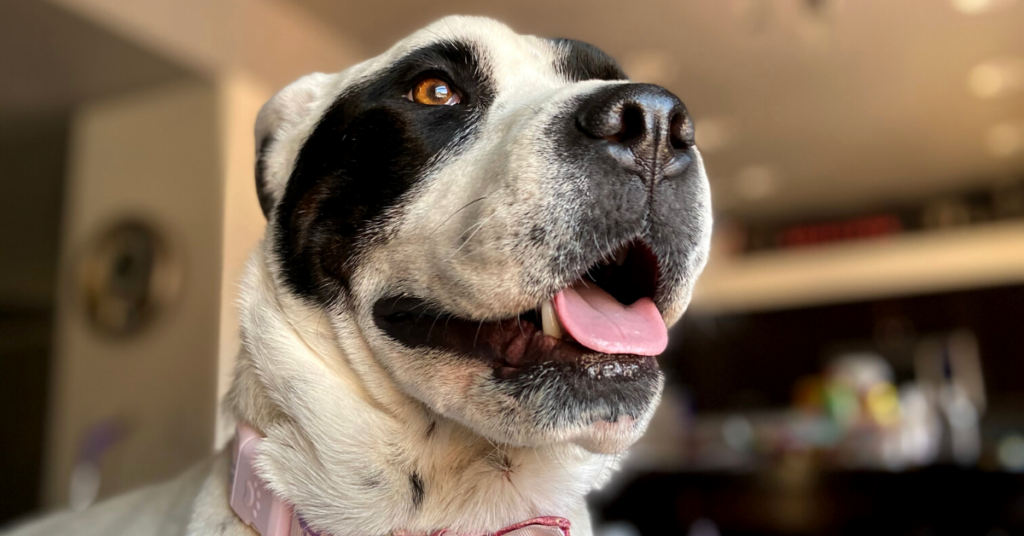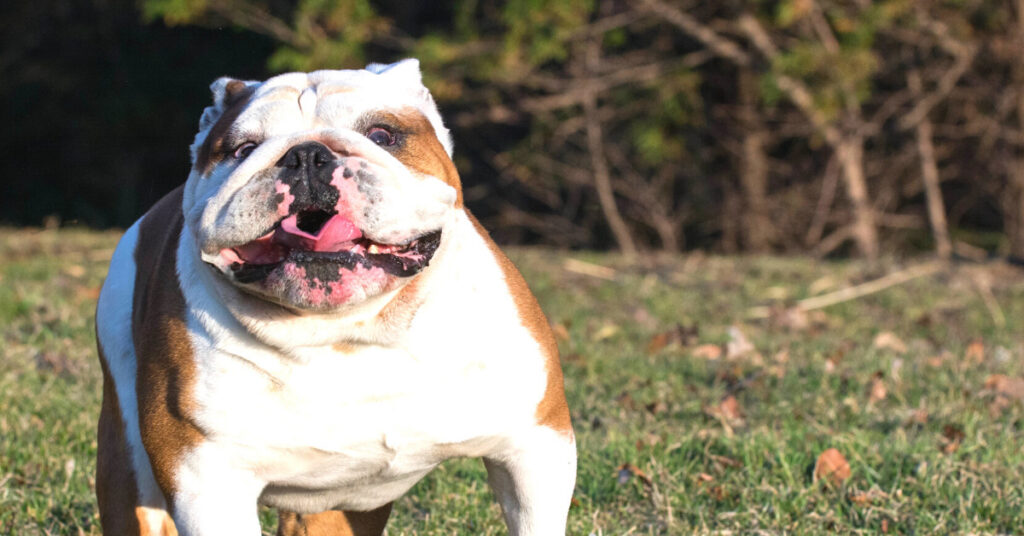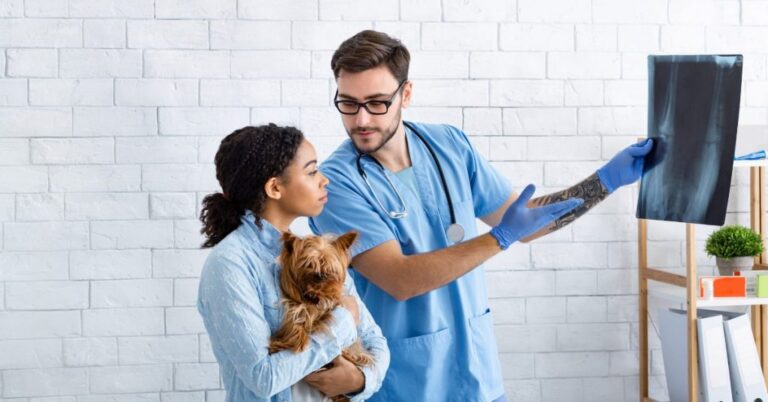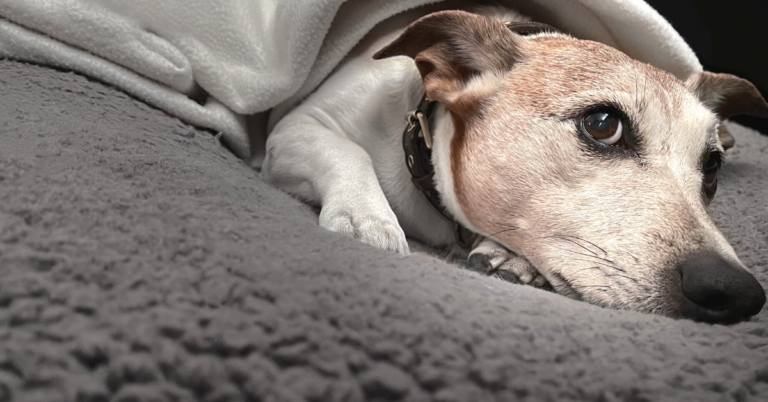Cleft Palate in Dogs
Cleft palate in dogs are a common birth defect that can be inherited.
This condition affects the dog’s ability to eat and swallow.
Cleft palate happens when the tissues of the mouth, and/or lip do not grow together completely.
If you suspect your dog has a cleft palate, it’s better to visit your vet to know how serious the condition is, and to help your dog or puppy live a healthy life.
What is a Cleft Palate in Dogs?

A cleft palate in dogs, also known as secondary cleft palate, or cleft lip, is an opening between mouth and the nose.
This results when the tissues that form the palate (hard & soft), do not fuse together during normal embryological development.
This will leave a “cleft” in the roof of the dog’s mouth. This opening or hole will allow food and fluids to enter the nasal cavity, which causes serious complications.
A hard cleft palate is found in the bones of the roof of the mouth, whereas a cleft in the soft palate is found in the swallowing part of the mouth.
Another type of cleft palate is known as primary cleft palate, which affects the lips, also known as harelip.
A cleft palate in the hard and soft palate can be found at the same time.
Causes of Cleft Palate in Dogs

It has been shown that cleft palates in dogs are mostly caused by a genetic abnormality.
This can be due to nutritional insufficiency, viruses, drugs, or poisons where the mother has been exposed to during pregnancy.
In addition, excessive intake of vitamins A and D can cause cleft palate. Brachycephalic breeds, who have small faces like Pekinese or French Bulldogs are more likely to have cleft palates.
Purebred dogs and cats have a higher chance of being born with cleft palates.
In addition, breeds like Bulldog breeds, and Nova Scotia duck tolling retrievers are at a higher risk.
Signs of Cleft Palate in Dogs

You can physically examine your puppy’s mouth, to look for any hole in the roof of the mouth.
The hole may vary in location, it can be closer to the front or back of the mouth.
It may also extend so far forward and affect the lips as well.
If you can’t identify the cleft palate in your puppy, you can notice clinical signs such as:
- Deformed lips or nostrils
- Coughing or gagging when eating or drinking
- Difficulty suckling
- Poor nutrition, and weight loss
- Difficulty breathing
- Nasal discharge, which can include food, due to the excess fluid entering the nasal passages.
- Aspiration pneumonia
- Sneezing
- Runny nose
If you notice any of these signs on your puppy, it’s best to visit your veterinarian for early diagnosis and treatment.
Cleft Palate Diagnosis in Dogs

The diagnosis of cleft palate starts with a physical examination by the vet, where he will look for the hole inside the mouth.
If the hole is not easily identifiable, the vet may use a special oral examination tool called a laryngoscope, to see the opening.
After determining the hole location, the vet will observe it while putting the dog under anesthesia, to look deep into the oral cavity.
In addition, thoracic x-rays may also be required to check for signs of pneumonia due to the aspiration of food.
Cleft Palate in Dogs Treatment

Treatment of cleft palate in dogs depends on the age of the dog, and the severity of the malformation. Several surgical procedures may be needed.
If the dog is still a newborn puppy, surgery may be postponed until they are old enough. However, you will need to follow an extensive care routine.
The vet may recommend tube feeding the puppy, every 3-4 hours for two to three months, prior to surgery.
After the dog is old enough, they will be admitted for a surgery to close the cleft. Sometimes, more than one procedure may be needed to achieve complete closure.
If a pneumonia is present, it must be treated and cured completely before the surgery.
After the surgery, following up with the vet is necessary, in order to observe the healing process. The vet may prescribe antibiotics if the dog had a previous infection before the surgery.
Finally, your dog may need to be fed by a tube for seven days after the surgery, and a soft diet may be recommended for six weeks after surgery.
When to See a Veterinarian

If you notice any deformation in the lips, nostrils, or teeth sticking out abnormally in your puppy or dog. Or if you notice any signs like difficulty breathing, suckling, eating, or nasal discharge with food.
It’s best to visit your veterinarian to help identify the cleft, and recommend the best treatment, so your dog can live a long healthy life.







